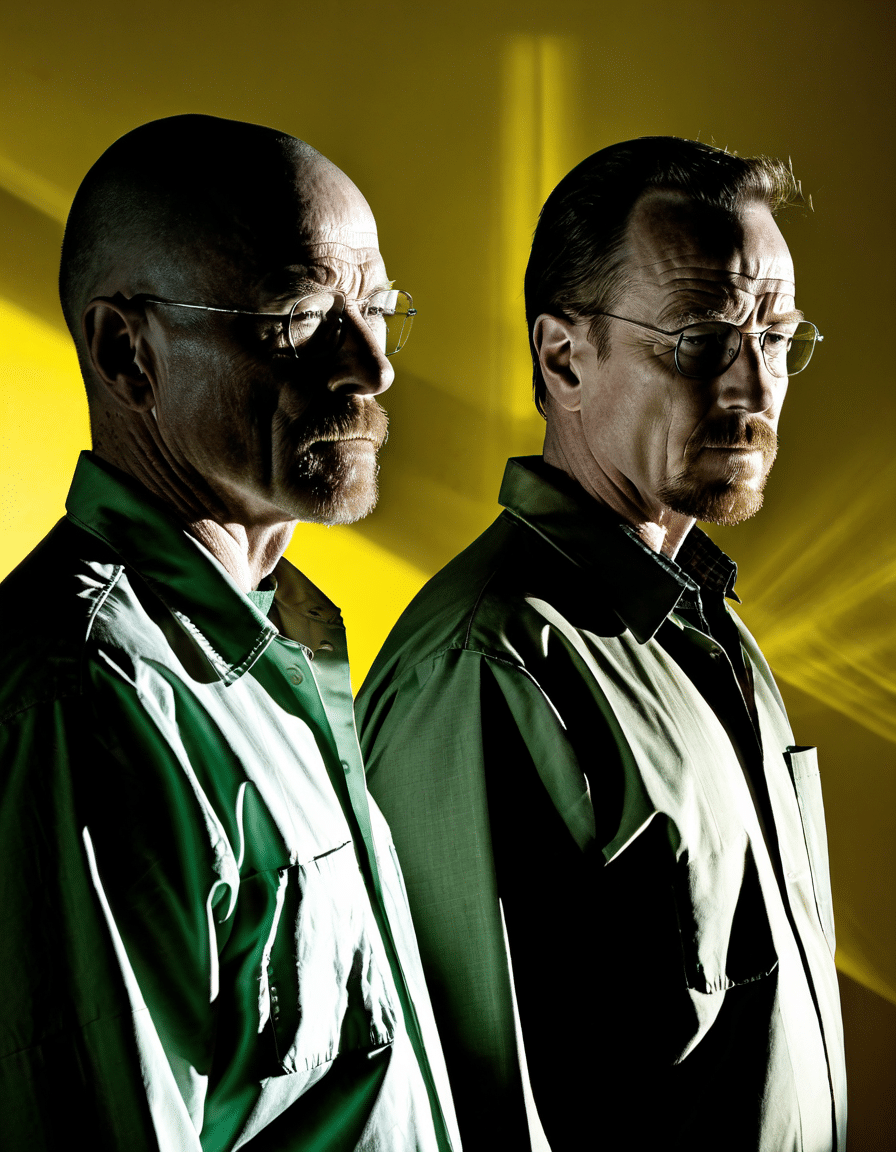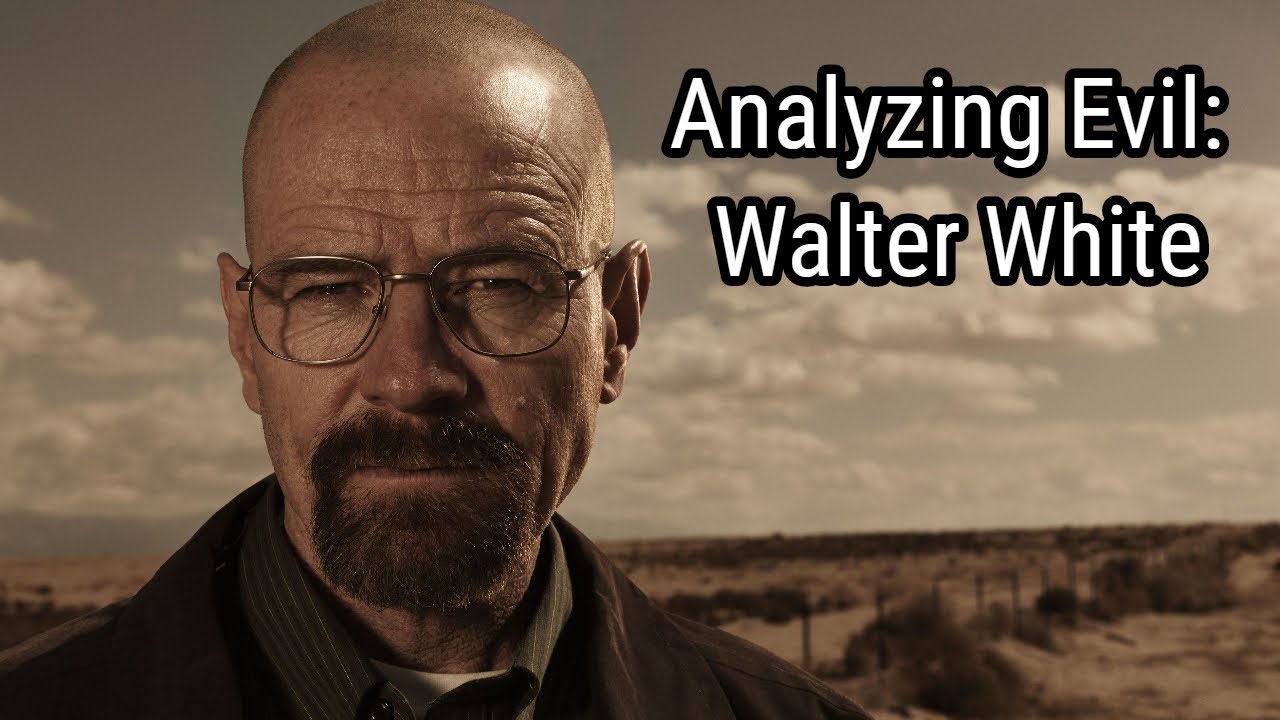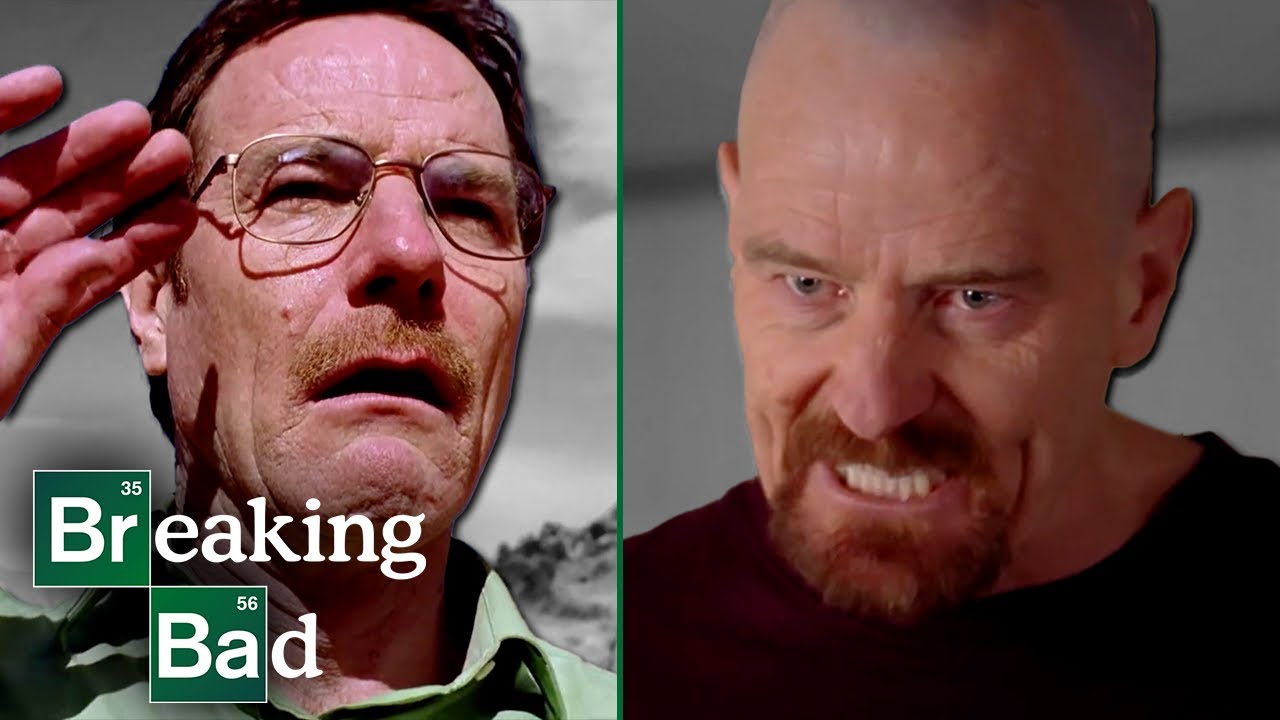The character of Breaking Bad Walter White, played brilliantly by Bryan Cranston, has become a symbol of morality’s murky waters in the 21st century. This show isn’t just another dot on television’s timeline; it’s a cultural juggernaut that continues to spark conversations about right, wrong, and everything in between. As we delve into the ascent of this legendary antihero, we’ll explore seven pivotal elements that crafted his unforgettable journey and paved the way for future antiheroes on screen.
7 Pivotal Elements of Walter White’s Rise as an Antihero

1. The Ashen Type: A Transformation from Ordinary to Extraordinary
Walter White bursts onto the scene as an ordinary high school chemistry teacher. With a terminal lung cancer diagnosis hanging over his head, his journey from mild-mannered educator to the infamous meth kingpin Heisenberg mesmerizes viewers. This metamorphosis is relatable and heartbreaking; it mirrors the universal struggle against despair, inviting empathy while revealing the darkness lurking beneath the surface.
Cranston’s portrayal illustrates what happens when a desperate man pushes his limits. Breaking Bad Walter White doesn’t just change jobs—he becomes a force of chaos, showing that not all transformations lead to empowerment. His descent into the underworld provides viewers with an uncomfortable, yet enticing mirror to their own lives, forcing them to ask, “How far would I go?”
2. The Role of Family: A Complicated Motive
The motivation behind Walter’s entry into the drug trade lies nestled in his desire to secure his family’s financial future. But as the series progresses, Walter’s love for his wife, Skyler (Anna Gunn), and son, Walter Jr. (RJ Mitte), becomes tangled with selfish ambition. This duality speaks volumes about how love can push someone to the brink of moral collapse, making it a poignant family saga.
When he lies and manipulates those closest to him, viewers face the gut-wrenching reality: at what point does love become poison? Skyler, solidified as more than just a pawn, becomes an integral figure whose conflicting loyalties reveal deeper truths about family dynamics and ambition. Walter’s journey skillfully crafts a narrative that taps into the very essence of human relationships.
3. The Influence of Comedy: Bryan Cranston’s Background
What’s fascinating about Breaking Bad Walter White is how he embodies both humor and tragedy. Bryan Cranston’s comedic background, notably in “Malcolm in the Middle,” adds a unique layer to his character. Even amidst the chaos and violence, Cranston utilizes humor to lighten the mood, offering relief without undermining the intense drama.
This balance enriches Walter’s personality, showcasing the complexity of someone battling life’s overwhelming setbacks. Moments of levity mix seamlessly with heartfelt drama, ensuring audiences remain captivated. Cranston’s deft ability to oscillate between laughter and sorrow elevates Walter White from mere antihero to a relatable figure struggling to reclaim control in a chaotic world.
4. The Antagonists: A Reflection of True Evil
Characters such as Gus Fring (Giancarlo Esposito) and Tuco Salamanca (Raymond Cruz) are crucial to the metamorphosis of Breaking Bad Walter White. These villains are more than mere obstacles; they symbolize the extent of Walter’s moral degradation. Each encounter forces him to grapple with the harsh realities of the drug trade, pushing him further into the abyss.
As Walter contends with these formidable foes, we see his inherent darkness rise to the surface. Fring, with his calm, cold ruthlessness, contrasts sharply with Walter’s chaotic evolution, reflecting the thin line Walter walks between villainy and inflated self-belief. This fascinating interplay emphasizes how these antagonists necessitate Walter’s transformation while also shedding light on their own darker pathologies.
5. The Symbolism of Chemistry: Creation and Destruction
Throughout the series, chemistry serves as a powerful metaphor for Walter’s journey. His mastery of the subject, initially a source of pride, transforms into a tool for both creation and destruction. This duality beautifully encapsulates Walter’s conflicting identity as a creator of life through education, and a harbinger of death through drug manufacturing.
The triumph of building a drug empire comes with catastrophic consequences that echo the ethical dilemmas humanity faces in real life. As Walter reigns over his burgeoning empire, the line between scientific progress and moral decay blurs, inviting viewers to reflect on their own understanding of ethics in a rapidly advancing world.
6. Cultural Commentary: The American Dream Revisited
Walter White’s story acts as a sharp critique of the American Dream. What starts as a relatable tale about a man’s desperation spirals into a commentary on the lengths people will go to achieve success. From a middle-class educator to a feared drug lord, Walter’s journey prompts tough conversations about ambition and morality in contemporary society.
Many fans find parallels between Breaking Bad Walter White and current events, thereby catapulting the show into discussions surrounding economic disparity. This cynical interpretation of the American Dream encourages viewers to question societal constructs of success, motivating them to reflect on their ambitions and ethical frameworks.
7. The Impact of Iconic Supporting Characters
Walter’s journey gains depth through a cast of diverse supporting characters. Figures like Wade Williams as Capt. Darius Parker and Johnny Gilbert as competitive threats provide vital interactions that challenge Walter’s character development. Each encounter drives home essential themes of ambition, vulnerability, and transformation.
As Walter grapples with the choices made by these supporting characters, viewers are treated to a rich tapestry of interwoven narratives that highlight the complexity of the drug world. This complexity solidifies Breaking Bad Walter White as a multi-dimensional character study set against a backdrop of moral ambiguity.

Breaking Boundaries: The Legacy of Walter White Beyond the Screen
Walter White’s impact extends beyond his role in Breaking Bad; he’s paved the way for a resurgence of antiheroes across various media. Characters like Barry Berkman in “Barry” and Tony Stark in the Marvel Cinematic Universe draw inspiration from Walter’s complex descent into darkness. Clearly, the ripples of his journey resonate in Hollywood’s shifting landscape—a testament to the allure of morally ambiguous protagonists.
As these antiheroes continue to flourish, the discussions generated by Walter White remain pivotal. What does it mean to chase one’s dreams without losing oneself? Audiences are left to ponder their perceptions of justice and ambition. Walter White stands as a cultural beacon, illuminating the often murky waters of human motivation.
The phenomenon of Breaking Bad Walter White shows us that one man’s journey can change perspectives on morality and ambition, sculpting our understanding of the human condition. As narratives evolve, the insights we glean from Walter’s tragic story prompt us to confront our own dualities, pushing us to reflect not just on our heroes, but on the intricate shadows within ourselves.
Be it through cinema, television, or literature, the story of Breaking Bad Walter White will continue to inspire and challenge audiences around the world for years to come. Buckle up and get ready for an exploration of the very essence of humanity—where light meets dark, and dreams cross paths with despair.
Breaking Bad Walter White: The Rise of a Legendary Antihero
The Transformation of Walter White
When we think of breaking bad Walter White, we can’t overlook the sheer transformation of the character. Bryan Cranston, who played him, initially made his mark in family-friendly sitcoms. Did you know he starred alongside Sue Ann langdon in a lesser-known comedy that had audiences laughing? Cranston’s leap from dad jokes to intense drama was nothing short of astonishing. Fans were shocked as they watched the mild-mannered chemistry teacher morph into a ruthless drug lord, a testament to Cranston’s remarkable acting chops.
Beyond Cranston, the show boasts a treasure trove of behind-the-scenes gems. For instance, the infamous blue meth was partly inspired by a real product, adding an interesting layer of authenticity. It’s a smart move that resonated with critics and viewers alike, showcasing the creativity of the writers. Speaking of creative works, if you’re into films with a unique twist, check out the upcoming Caddo Lake movie that surely has an intriguing narrative waiting to unfold.
Breaking Barriers in TV History
Breaking bad Walter White didn’t just leave an impression on fans but also made waves in television history. The show’s unconventional storytelling and deep character arcs paved the way for future antiheroes. Cranston’s portrayal won him multiple Emmy awards, changing how networks viewed leading roles for men in their fifties. This revolution was comparable to the shift seen in the In The Heights movie cast, where diverse stories took center stage.
Moreover, the scenic backdrop of Albuquerque played as much a role as the actors themselves. The beautiful New Mexican landscapes brought a distinct flavor to the show. Who would’ve guessed that such stunning visuals were crafted using paint colors like Accessible Beige by Sherwin Williams that spruced up various locations? Those details reminded audiences that even the setting can be a character in its own right.
Behind the Madness
Let’s delve into more fascinating trivia: did you know Aaron Paul, who portrayed Jesse Pinkman, wasn’t the first choice for the role? The casting director considered various options, including Anthony Rapp, who has made a name in various movies and TV shows. This casting challenge highlights how breaking bad Walter White shaped its characters through unexpected choices, leading to the iconic duo we adore.
And while we’re discussing memorable characters, Josephine Earps influence on pop culture reminds us how compelling narratives keep evolving. Just like Earp’s story, breaking bad Walter White carved out a niche that attracted not just fans but also scholars interested in the antihero’s rise. Much like the intricate tales behind Parkerings, the show’s depths can be endlessly explored. It’s clear that the legacy of Walter White is as rich and layered as the stories we cherish in cinema.


![Breaking Bad - The Evolution of Walter White, Fan Tribute [HD] (HD)](https://www.cinephilemagazine.com/wp-content/cache/flying-press/040487e5d9929d6224056b3b47d4bb12.jpg)





